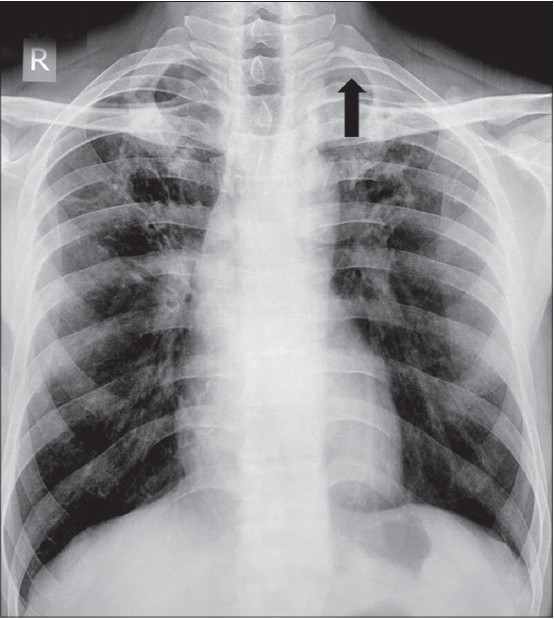People who are exposed to asbestos in the air can develop many related diseases many years after their exposure. Almost all diseases involve the lungs, but they can spread to the heart and the abdomen. Some of the conditions are much more serious than others, including life-threatening lung cancers and because of the very long lead time between exposure and symptoms, and the way the initial symptoms mimic other, more common ailments, it’s easy for diseases resulting from asbestos exposure to become severe before they are diagnosed properly. To look at one of the diseases in question, we’ve teamed up with Asbestos Advice Helpline, specialists in pleural thickening compensation claims.
Pleural thickening is one condition common in people exposed to asbestos that can manifest itself in several ways. The first indication that an exposure to asbestos has affected your lungs is called pleural plaques. The pleura are two fibrous membranes that line the chest wall and cover the lungs. These membranes have a small gap between them, and are filled with a fluid that lubricates the pleura, making breathing in and out easier. Pleural plaques are raised, damaged areas that affect the normal function of the pleura. They don’t always cause symptoms, but they do show up if your GP orders a chest X-ray for another unrelated condition. If you suffer from pleural plaques, you’re more likely to later suffer mesothelioma, a cancer that attacks the pleura, the peritoneum, or the lining around the heart.
Diffuse pleural thickening is diagnosed when the pleura around one or both lungs becomes thicker, making normal breathing difficult. It can also result in a build up of the fluid in between the two layers of the pleura, which puts even more pressure on the lungs. Symptoms of diffuse pleural thickening include shortness of breath, which gets worse over time. It can also cause a feeling of tightness in the chest, as if the patient was wearing a straitjacket. A diagnosis of diffuse pleural thickening can be made by inspection of a chest X-ray, a CT scan, and by breathing tests. While there is no treatment for pleural thickening that can cure or reverse the disease, it’s possible to keep it from becoming worse over time with proper medical supervision.
Asbestos pleurisy, with or without an effusion, is an inflammation of the pleura that lines the lungs. If fluid builds up outside it, it is called an effusion. Symptoms include pain when inhaling, and a general shortness of breath whether you’re active or resting. The condition is confirmed by chest X-ray, and sometimes a biopsy. It’s possible to drain the fluid buildup to relieve pain and pressure, but it can return.

